It's a real revolution. The world of interior design is transforming, and the big driver is technology. In addition to creativity, aesthetics, and functionality, technology currently plays a fundamental role in this context. It has been a transformative force, radically transforming how professionals conceive, create, and present spaces.
Technology is not just an add-on but a transformative force shaping interior design's future. From 3D visualization to home automation, technology already has its mark on interior design. The integration of technological innovation is opening up new possibilities for personalization, functionality, sustainability, and inclusion, taking interior design to a new level of excellence and adaptation to the constantly evolving needs of users.
Therefore, nowadays, being an interior designer involves much more than being aesthetically astute. In addition to a passion for decor and design, an interior designer needs in-depth knowledge of the latest technological developments in the sector and how to use them to your advantage.

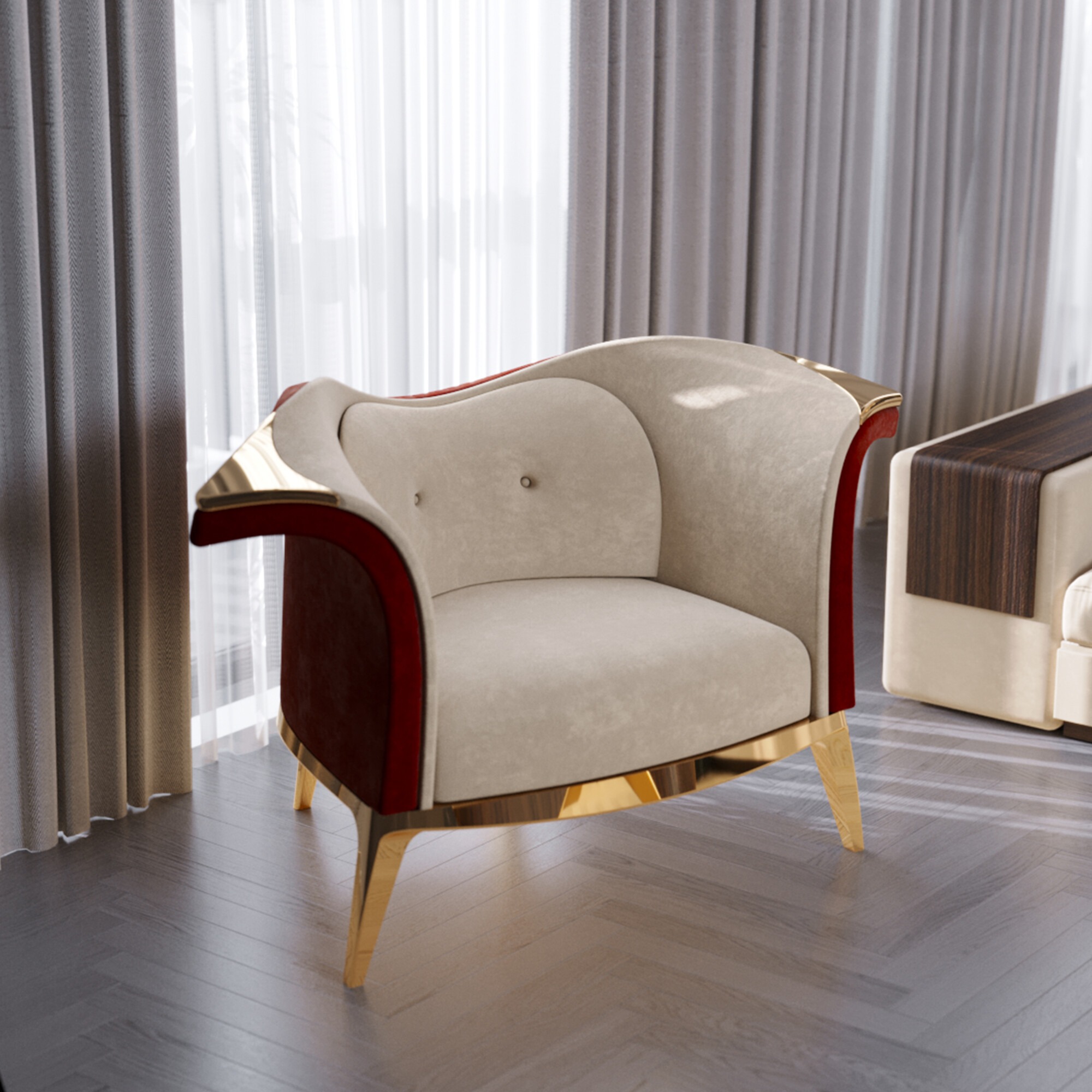
"Technology has become an integral part of interior design, enabling us to push boundaries and redefine spatial experiences."
Nate Berkus, American interior designer
Technology is increasingly essential in interior design, with significant benefits and impacts for professionals and clients. Furthermore, as interior designer Nate Berkus states, the role of technology in interior design is also visible in the way spaces are designed and experienced.
Firstly, technology impacts visualization and communication with customers. Through 3D models and virtual reality, interior designers have gained the ability to create accurate virtual representations of spaces before construction. This facilitates communication with the client, allowing a more significant and better understanding of the project and even the ability to experience the area before execution.
Technological tools, such as 3D printing, allow for personalizing furniture and decorative objects, offering various exclusive options adapted to customers' preferences. This increases flexibility in design, allowing for more creative and specific solutions for each project. In personalized projects, these tools gain new strength. Personalized interior design is an approach that focuses on creating unique, bespoke spaces that meet each client's specific needs, preferences, and personality. Simply put, it makes a tailor-made area where every detail harmonizes with the client’s tastes and preferences.
It is also important to mention the role of technology in facilitating tasks, allowing time savings, greater precision in the representation of the project, and reducing errors during execution.
Finally, technology plays a crucial role in promoting sustainability in interior design. Modeling software helps create energy-efficient buildings while innovative materials and sustainable manufacturing processes are becoming more accessible. This allows designers to make more conscious choices, minimizing the environmental impact of projects.
In short, technology allows for greater efficiency and precision in int and enables professionals to innovate and adapt to market demands, meeting growing customer expectations.
Interior design is a combination of aesthetics, functionality, and creativity. However, in recent decades, we must remember the role of technology. From computer-aided design to artificial intelligence, technology and innovation are redefining the boundaries of interior design.
Nowadays, there is only interior design with computer-aided design (CAD). This technology is the backbone of the modern interior design process. These tools allow you to create detailed drawings, floor plans, and three-dimensional models. 3D modeling, in particular, has revolutionized how projects are visualized and presented to clients, offering a clearer and more realistic understanding of the final result.
With the power of 3D, customers are no longer left in their imagination but can, instead, enter a colourful, ultra-realistic world that showcases their upcoming project before a single brick is laid.
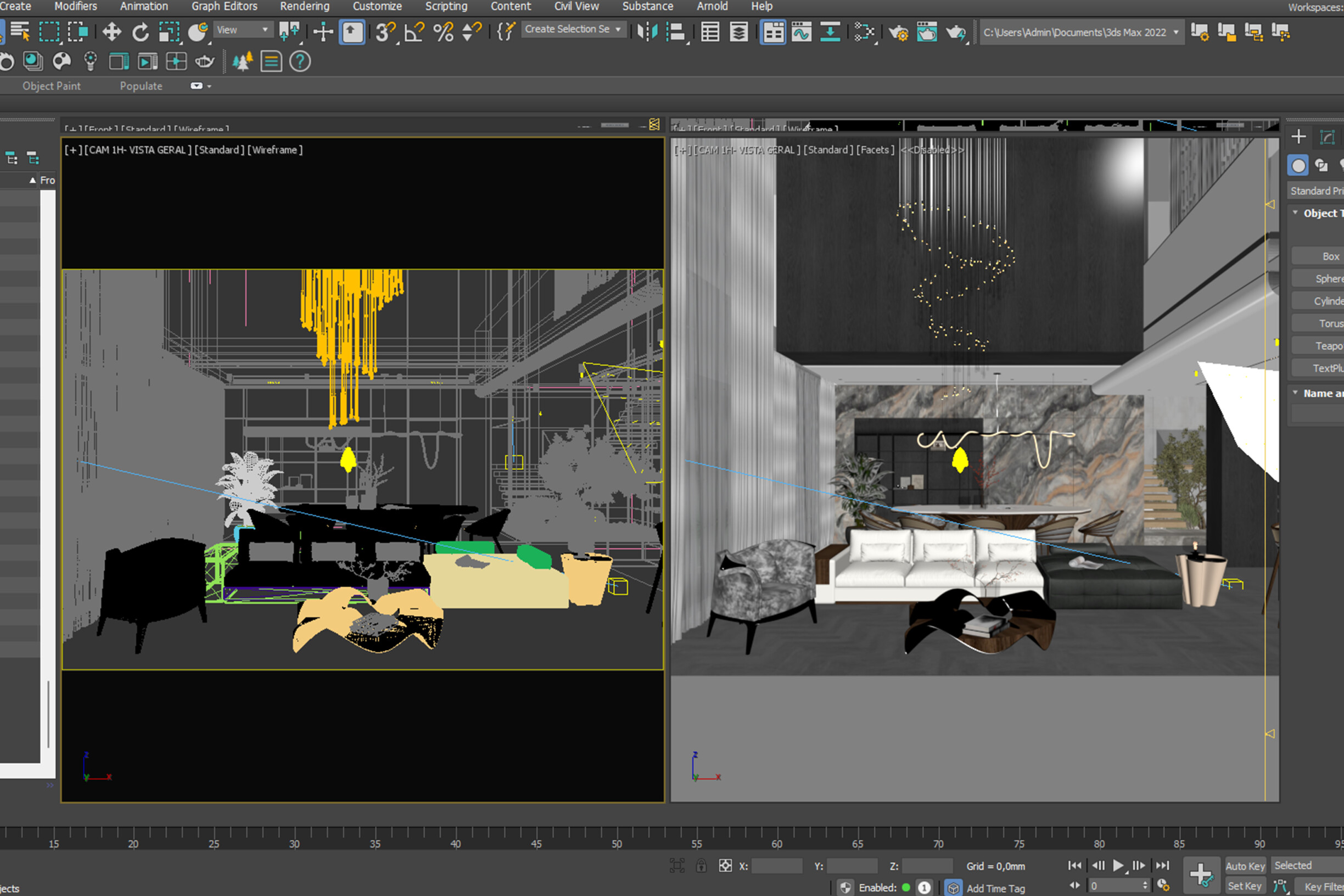
Augmented reality (AR) and virtual reality (VR) have brought a new dimension to interior design. AR allows you to overlay digital elements onto the physical environment, while VR offers immersive experiences that enable customers to explore spaces virtually. These technologies have revolutionized project presentation, providing a deeper and more interactive understanding of the proposed design.
In the next 5 to 10 years, it is expected that AR and VR will grow even more in the interior design industry. This technology allows interior designers to quickly change colours, fabrics, patterns, textures, and even the room's overall style, saving time and effort in creating spaces.
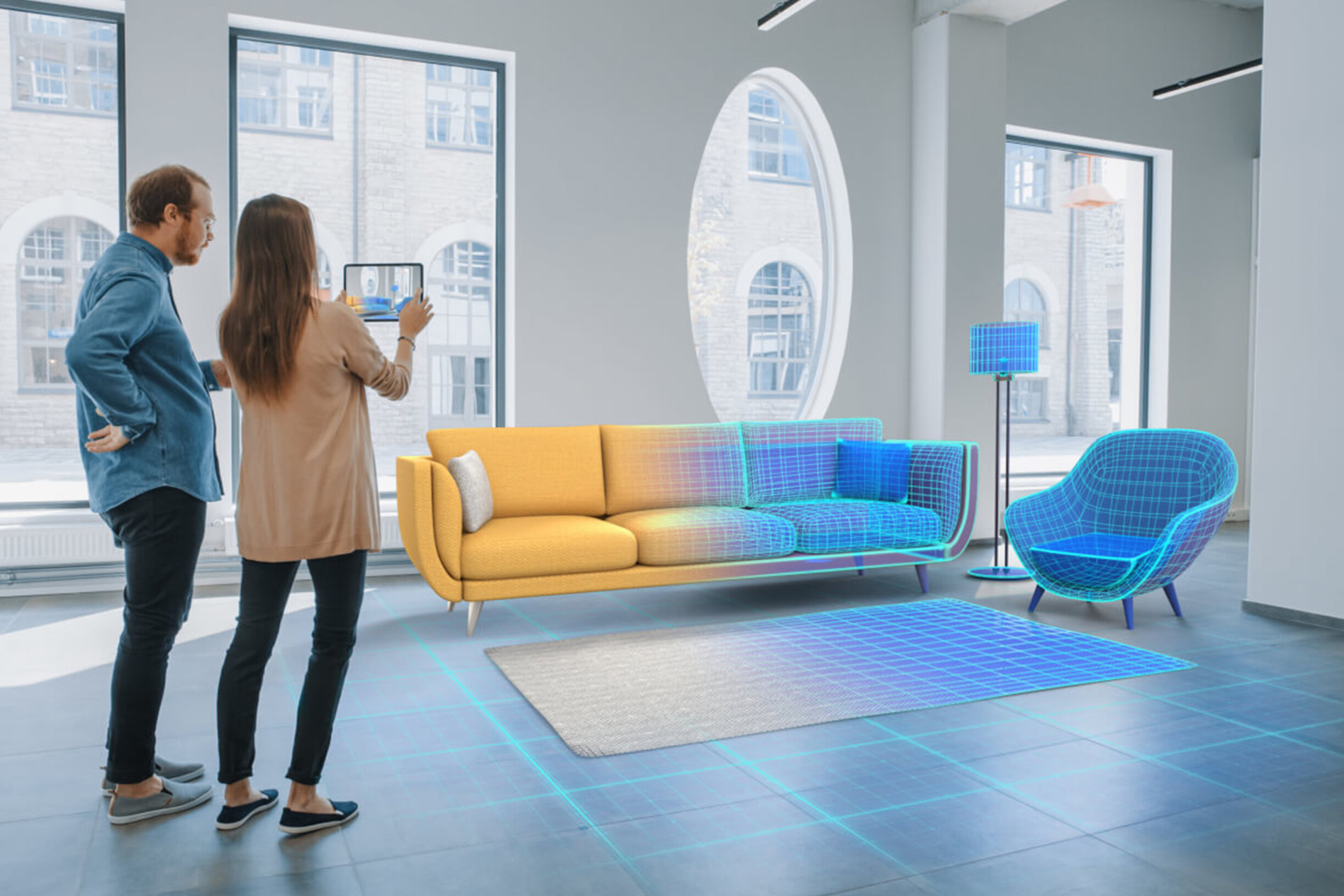
3D printing is transforming how designers create and manufacture elements in interior spaces. 3D printing technology provides unprecedented creative freedom, from custom furniture to unique accessories.
Now, designers can materialize their ideas quickly and efficiently, providing clients with personalized and unique solutions.
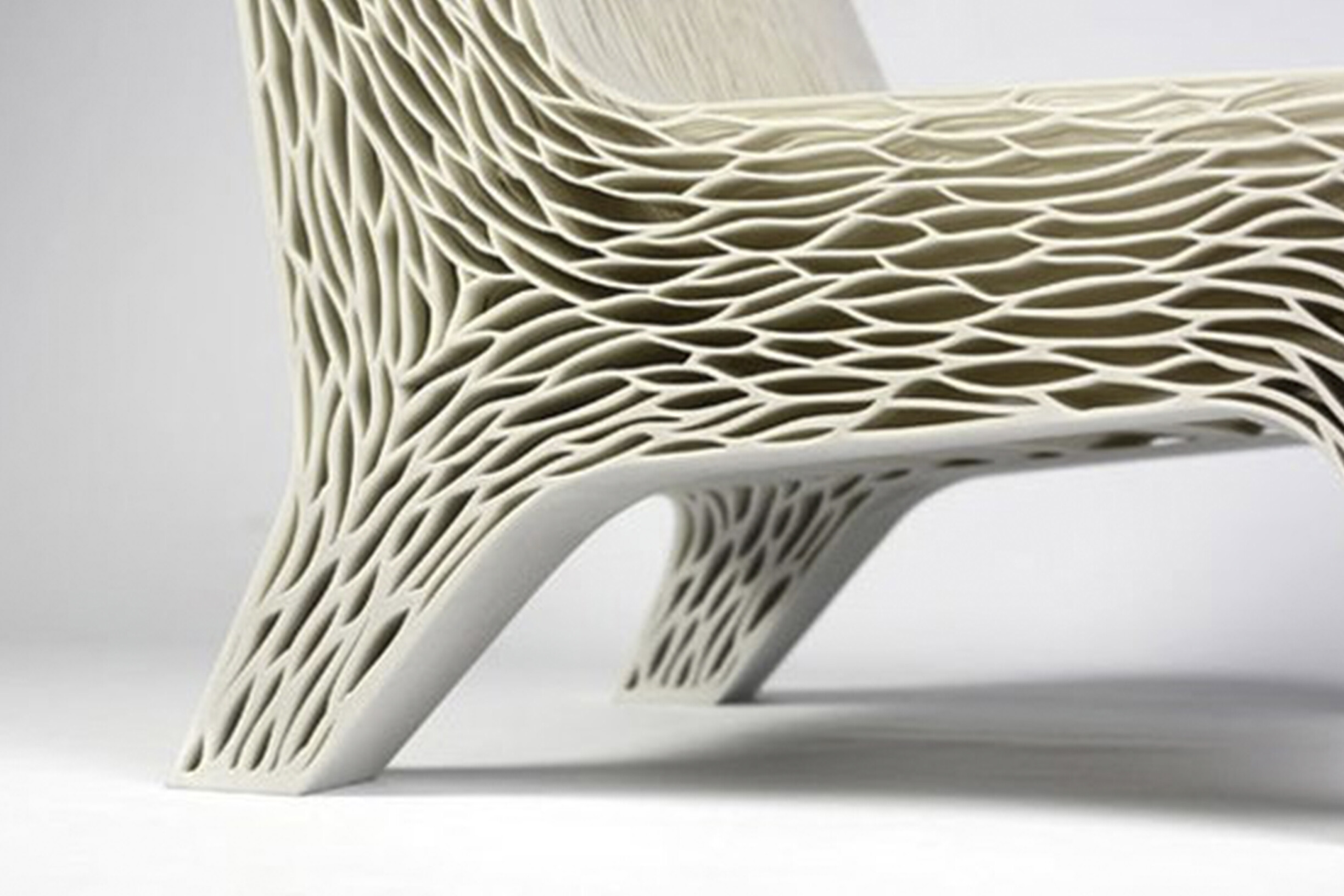
Intelligent materials are gaining prominence in interior design. These materials interact with the environment, from light-sensitive paints to adaptable glass, adjusting to create more comfortable and efficient spaces. Furthermore, the focus on sustainability has driven the development of eco-friendly materials, contributing to more conscious and environmentally responsible areas. An ecologically conscious project will be a success for the planet and the well-being of its customers.
It is important to remember that a careful selection of materials can make a difference in creating genuinely exceptional spaces since materials play a central role in determining the look and feel of a room, affecting the visual and emotional perception of spaces in many ways.
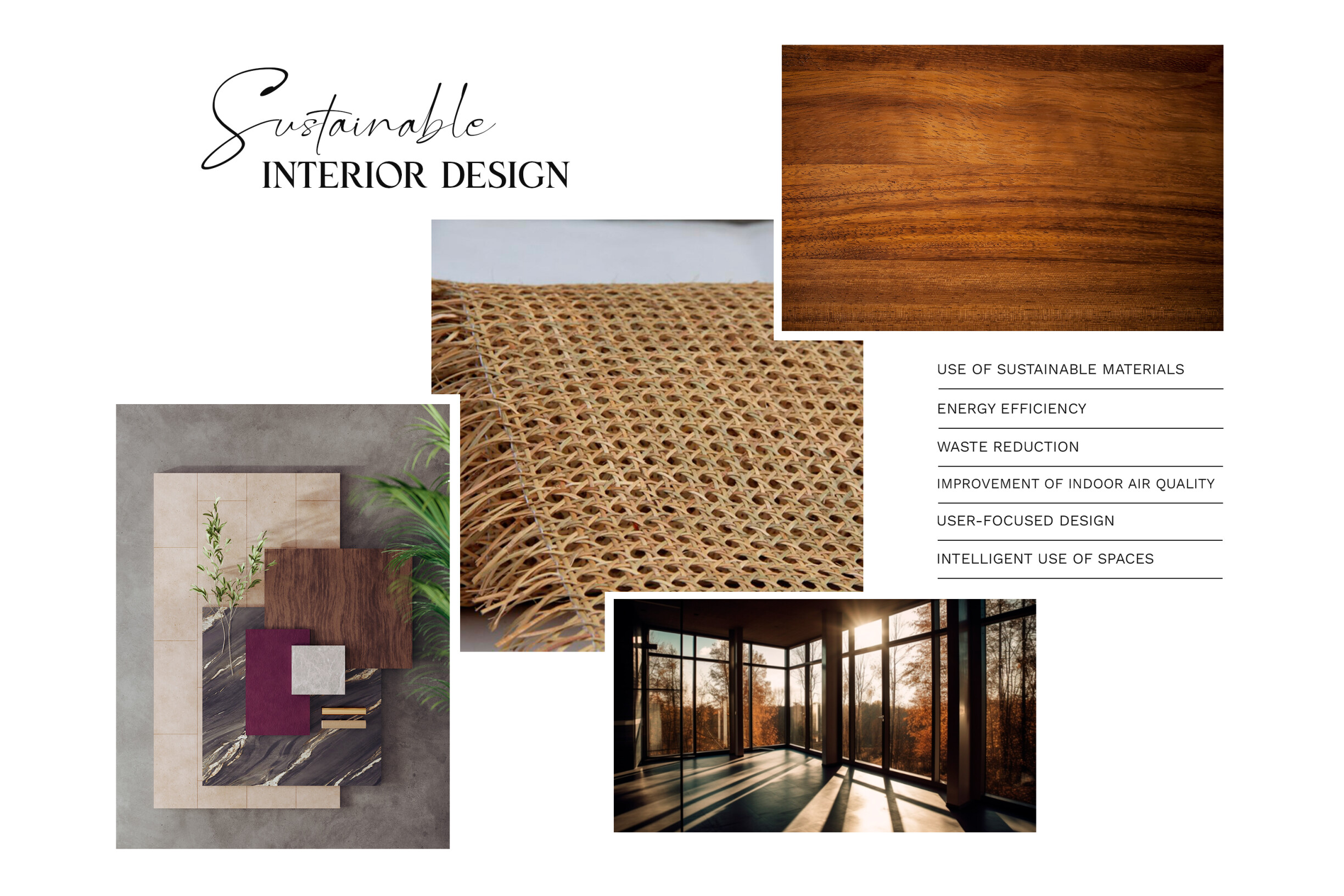
Artificial intelligence is increasingly integrated into interior design to improve efficiency and personalization. From analyzing data to understanding customer preferences to creating virtual assistants that help choose the best materials, Artificial Intelligence provides new ways to streamline processes and offer personalized experiences to customers.
All these technologies are radically transforming interior design. As a designer, these are powerful tools for creating innovative and adaptable spaces. As innovation continues to evolve, the expectation is that technology in interior design will offer even greater personalization, improved sustainability, and far more immersive experiences.
Did you like our tips? So, stay tuned to our blog for more information and curiosities from the universe of architecture, interiors, and construction! You can also follow us on Instagram, Facebook, and Pinterest for all updates and news.